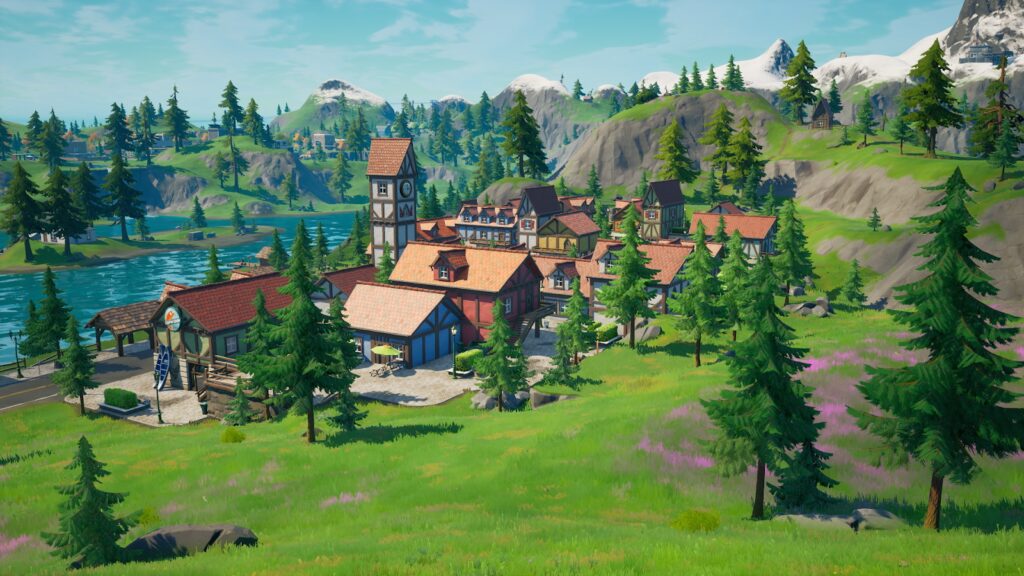Level design is the process of creating the game environment, including its layout, geometry, visuals, and gameplay mechanics. Good level design is critical to the success of any game, as it can keep players hooked and make them feel immersed in the game world. Designing an immersive world requires a balance between creating a sense of place, implementing environmental storytelling, and creating engaging gameplay mechanics. It is important to design for player experience and create clear goals and objectives while providing feedback and rewards. By following these tips and tricks, level designers can create immersive, engaging, and enjoyable game worlds that keep players hooked for hours.
The Art of Level Design: Tips and Tricks for Building Immersive Worlds
Introduction
Video games have gone through a massive transformation over the past few decades. From simple games with simple mechanics to massive, open-world games with complex narratives, character development, and immersive environments that can keep players hooked for hours. One of the most critical aspects of any game is its level design. It’s the foundation upon which the entire game is built, and a well-designed level can make or break a game.
What is Level Design?
Level design is the process of creating the game environment, including its layout, geometry, visuals, and gameplay mechanics. A level can be anything from a small puzzle to an extensive open world with various quests and missions. The primary goal of level design is to create a world that is immersive and engaging for the player.
The Importance of Level Design
Level design is critical to the success of any game. A poorly designed level can turn players off and make them lose interest in the game quickly. A well-designed level, on the other hand, can keep players hooked and motivate them to keep playing. Good level design can help players feel more immersed in the game world, making them feel like they are part of the game.
Designing Immersive Worlds
Designing an immersive world is essential for any game, as it can help players get lost in the game world and forget about reality. Creating an immersive world starts with the game’s story, which provides the foundation for the game’s design. Once the story is in place, the level designer can start creating the game’s environment and gameplay mechanics.
Creating a Sense of Place
Creating an immersive world begins with establishing a sense of place. The level designer needs to create an environment that feels real and believable. This can be achieved through the design of the game’s geography, the use of lighting and texture, and the implementation of environmental storytelling.
Implementing Environmental Storytelling
Environmental storytelling is the use of visual cues and design elements to tell a story without words. It can create a more immersive experience for the player and improve the overall game narrative. This can be achieved by implementing objects and design elements that provide context to the game world, such as abandoned buildings or other landmarks.
Creating Engaging Gameplay Mechanics
Engaging gameplay mechanics are essential for any game. The level designer needs to create gameplay mechanics that are intuitive and easy to understand, while also providing a challenge for the player. This can be achieved through the creation of puzzles, challenges, and obstacles that the player needs to overcome to progress through the game.
Designing for Player Experience
Designing for player experience is critical for any game, as it allows players to feel more immersed in the game world and creates a more enjoyable gameplay experience. One of the most critical aspects of designing for player experience is maintaining a balance between challenge and frustration. Players need to feel challenged, but not so much that they become frustrated and lose interest.
Creating Clear Goals and Objectives
Creating clear goals and objectives is essential for any game. The level designer needs to create objectives that are easy to understand but still provide a challenge for the player. This can be achieved through the use of clear quest markers, objective markers, and other visual indicators that help the player understand what they need to do to progress through the game.
Providing Feedback and Rewards
Providing feedback and rewards is another crucial aspect of designing for player experience. Players need to feel like they are making progress and achieving something when they play the game. This can be achieved through the use of visual and audio feedback, such as flashing lights, sounds, or other indicators that provide feedback on progress.
Conclusion
In conclusion, level design is a critical aspect of any video game. It’s the foundation upon which the entire game is built, and a well-designed level can make or break a game. Designing an immersive world requires a balance between creating a sense of place, implementing environmental storytelling, and creating engaging gameplay mechanics. Designing for player experience is also crucial, as it allows players to feel more immersed in the game world and creates a more enjoyable gameplay experience. By following these tips and tricks, level designers can create immersive, engaging, and enjoyable game worlds that keep players hooked for hours.
